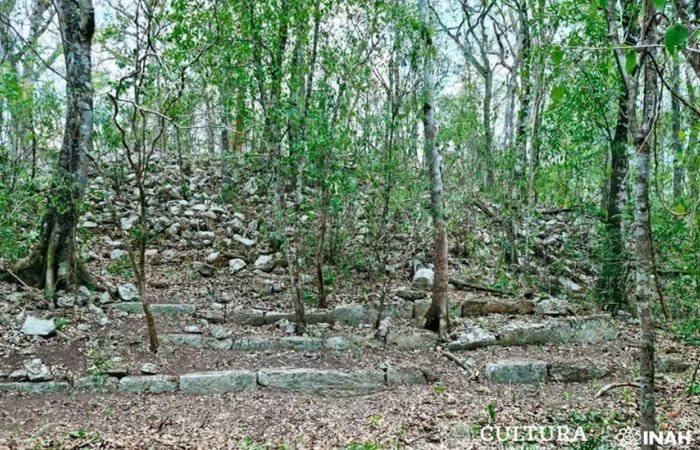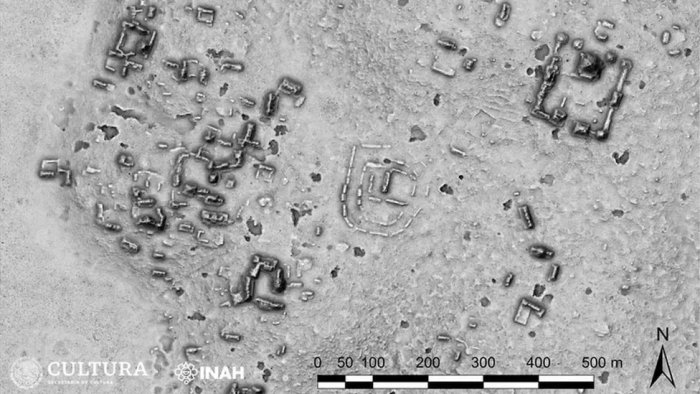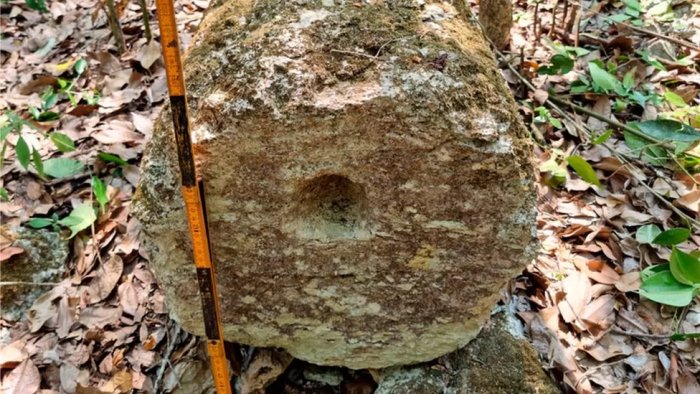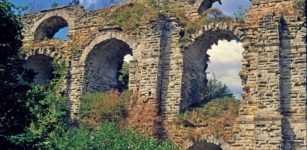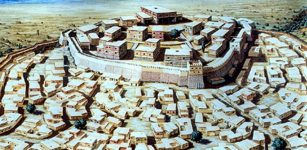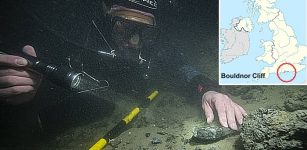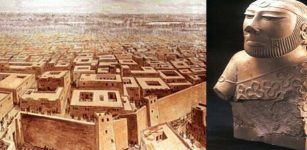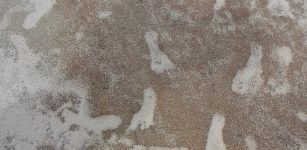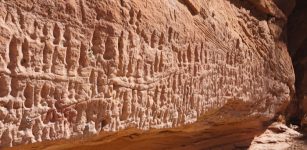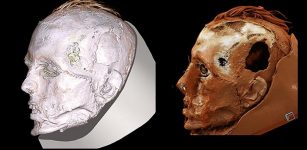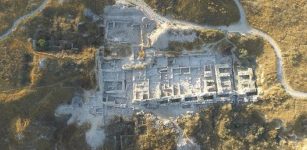Ancient Maya City And Pyramids Discovered In Mexican Jungle
Jan Bartek - AncientPages.com - An airborne laser scanning study has led to the surprising discovery of an ancient, unknown Maya city hidden deep in the jungle in the Yucatán Peninsula.
Mexico's National Institute for Anthropology and History (INAH) has announced LIDAR spotted "numerous concentrations of pre-Hispanic structures."
Archaeologists located a number of buildings including this one with stone steps. Credit: Ivan Ṡprajc /INAH
Archaeologists have named the site Ocomtún (Mayan for stone column) due to the numerous cylindrical stone columns scattered throughout the ancient settlement.
According to INAH archaeologists Ivan Ṡprajc who led the team, scientists were most surprised by the discovery of an elevated terrain surrounded by wetlands.
On that elevated terrain, they found several large buildings, including a number of pyramid-shaped ones measuring more than 15m (50ft) in height.
Some of the discovered pre-Hispanic structures have peculiarities that contrast with what is known from other parts of the Mayan area.
The ancient city was discovered by LIDAR. Credit: INAH
“The site served as an important center at the regional level, probably during the Classic period (250-1000 AD). The most common ceramic types that we collected on the surface and in some test pits are from the Late Classic (600-800 AD); however, the analysis of samples of this material will offer us more reliable data on the sequences of occupation”, Ṡprajc said in a statement released by INAH.
In his opinion, the numerous cylindrical columns found at the site must have been part of the entrances to the upper rooms of the buildings.
The abundance of stone columns inspired the name researchers gave the city. Credit: Ivan Ṡprajc /INAH
Ṡprajc says the southeast of the nucleus is made up of three plazas dominated by imposing buildings and surrounded by several patio groups. Between the two main plazas, there is a complex made up of various low and elongated structures arranged almost in concentric circles; a ball game is also included.
See also: More Archaeology News
He states the site probably underwent considerable changes between 800 and 1000 AD before falling victim to the collapse of the Lowland Maya civilization in the 10th Century.
Written by Jan Bartek - AncientPages.com Staff Writer

